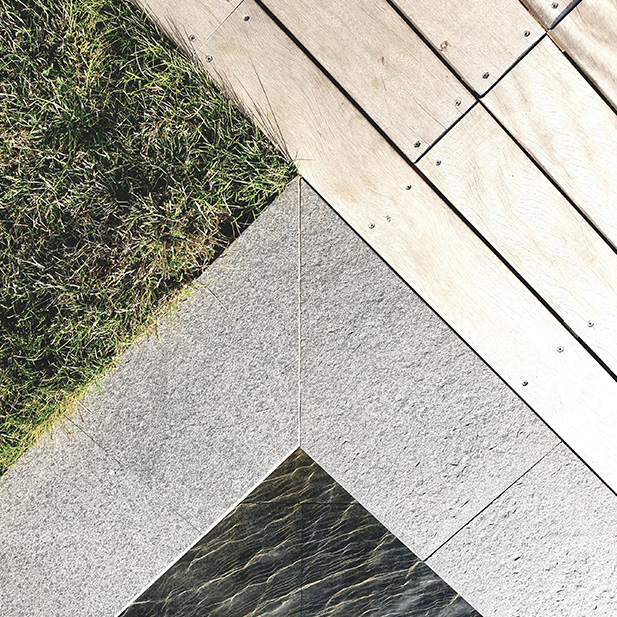You might have heard of Biophilic Design, but what exactly is it, and how can it improve your mental and physical health?
Biophilic design is an approach to architecture that aims to connect a building’s occupant to the natural environment. Buildings are designed with wellbeing as the highest priority by creating links to nature, both internally and externally.
Being connected to nature has proven environmental, economic and health benefits. In particular, people’s mental and physical health are seen to improve when they have closer interactions with nature such as plants, animals, water, fresh air. Who doesn’t feel better after a day on the beach?!
There are many ways to use biophilic design principles in your home.
It is important to incorporate greenery, including plants and trees, into both the internal and external spaces of a home.
Internally plants have many benefits and can particularly improve your physical wellbeing as they filter the air that you breathe. It is worth considering plants with flowers too, they have also been shown to increase productivity and reduce stress. Plants in the bathroom can even help with reducing excess moisture which will prevent mould and condensation.
Externally, green roofs and green walls are becoming more popular. They help filter the CO2 from the atmosphere, and attract wildlife such as butterflies, bees and other insects.
Think about how you can maximise light in your home. Have large windows, skylights and orient your windows where possible so you have as much light coming in throughout the length of the day. The impact and quality of light can also be improved by creating natural patterns such as shadows, or using mirrors to reflect the light around the room. Using artificial light creatively can also help through reflections, variations in brightness and tone – or even by using lightbulbs that mimic natural light.
Consider increasing and varying the air flow in your home through natural ventilation. This can help by varying temperature and humidity too. In Germany, the practice of ‘luften’ involves opening all the windows at once for a relatively short time to blast air through the house at least twice a day.
Running water has many therapeutic benefits, whether in the form of a water feature or fountain in the garden, or even a small aquarium indoors.
Use natural materials on your walls and floors such as wood, stone and natural fibre carpets. Use natural fibres for your soft furnishings and think about wooden chairs and tables rather than plastic.
Animals, birds and insects such as bees and butterflies can also improve our mental health. Encourage them into gardens with animal feeders, wildflowers, green roofs and walls. If you don’t have a garden, you might be able to have a window box or even an aquarium full of fish swimming around.
Use ornaments and decoration to bring biophilic design inside, such as shells, driftwood or even images of nature – forests, woods.
Use a natural colour palette with plenty of earth tones - browns, greens and blues.

Don’t forget to consider your landscaping - it’s not just the inside of your house that will bring biophilic design benefits. Think about what else you could do outside – replace any paving stones with grass, dig flowerbeds or use pots or window boxes to put plants in. Flowers, fruits and vegetables will all encourage you to interact with nature and lift your spirits.
“With Biophilia comes a restless curiosity, an urge to investigate and discover the elusive places where we meet nature, where she plays on our senses with colours and forms, perfumes and smells.'”
David Attenborough
All Insights
Contact Us